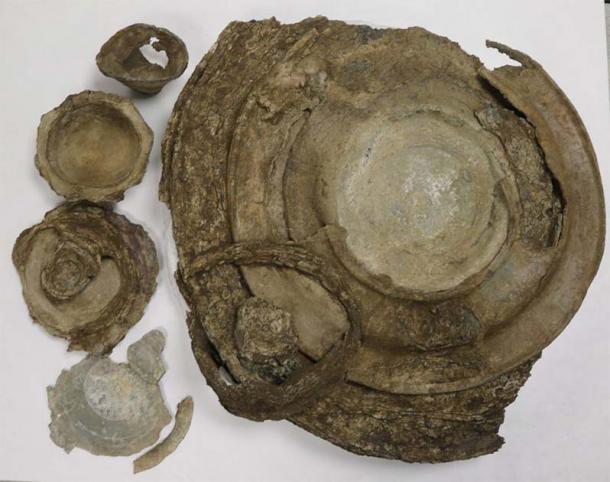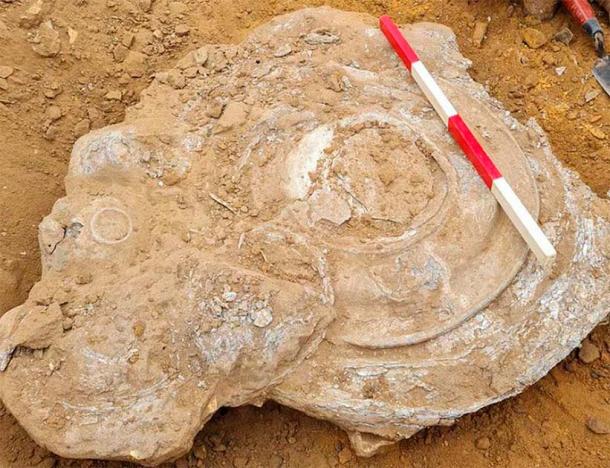Metal Detecting Event Uncovers Significant Roman Hoard in UK
A ‘significant hoard’ of Roman items discovered in England last year by an amateur detectorist has gone on display, much to the delight of history enthusiasts and archaeologists involved in the dig.
The discovery included a collection of pewter plates, platters, bowls, and a cup. The manner in which these vessels were buried strongly indicates that they were deliberately placed, possibly for the purpose of safekeeping or as an offering, according to experts.
Starting from now until January 2024, these remarkable artifacts can be enjoyed by the public at the West Stow Anglo-Saxon village, located near Bury St Edmunds in the form of a temporary exhibition, according to a press release by the Suffolk City Council .
This hoard has been traced to the late Roman period in Britain, towards the end of the 4th century AD.

An Organized Metal Detecting Event, An Amateur To the Rescue
The uncovering of this hoard took place in September 2022 on the Duke of Grafton’s Euston estate, in Suffolk, England. Martin White, who was participating in an organized metal detecting event, stumbled upon this remarkable treasure.
Examining the Vessels: Plow Damage and the Late Roman Period
The vessels have endured heavy plow damage and advanced corrosion has fused several of them together, reports Arkeonews. The main stack contained five plates and platters nested on top of each other.

It is worth noting that during the late Roman period , which is the era to which the vessels have been traced, Britain was a part of the vast Roman Empire , as aforementioned. This period extends from the momentous invasion led by Emperor Claudius in AD 43 until the early 5th century.
Councilor Melanie Vigo di Gallidoro, Suffolk County Council’s Deputy Cabinet Member for Protected Landscapes and Archaeology, said.
It is interesting to observe that, due to the hoard’s Roman origins and composition of pewter, it does not meet the criteria for classification as “Treasure” under the 1996 Treasure Act. Nonetheless, the historical and archaeological value of these artifacts remains undeniable.
Councilor Ian Shipp, also the Cabinet Member for Leisure and Culture at West Suffolk Council, provides concluding words of wisdom. He explained that it provides an entryway for the local people to also participate in the history and culture of their region, along with adding a new historical strand to the Roman story of colonization in this part of the world. This was a critical juncture before the settlement at West Stow was beginning.
